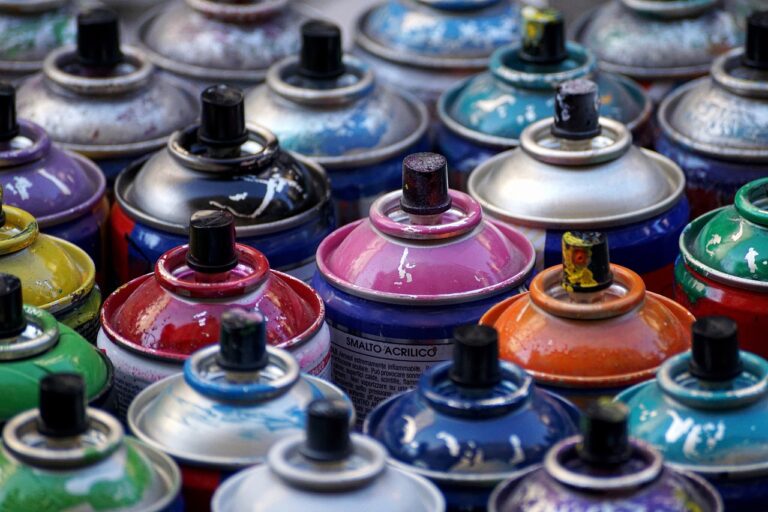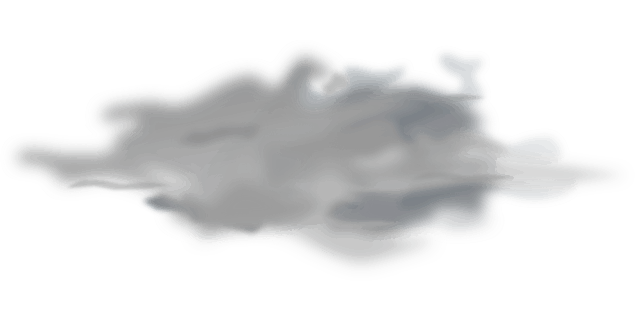Should You Caulk First Or Paint First?
Many homeowners and DIY enthusiasts grapple with this question – should caulk before or after painting?
Well, we’ve got you covered. We’ve done extensive research to help you understand the best approach for your project, ensuring a professional and polished finish.
The Answer: Caulking before painting is the recommended approach in most cases. Caulk serves as a sealant, filling gaps and cracks between surfaces, ensuring a smooth and uniform appearance.
By applying caulk before painting, you create a seamless and cohesive surface, preventing paint from seeping into gaps and enhancing the overall finish. The caulk also helps improve the durability and longevity of the paint job by providing an additional layer of protection against moisture and drafts.
Related: Paint for Outdoor Wood Furniture
Why is caulking important?
When you caulk before painting, you address any imperfections in the surface, creating a cleaner and more professional look.
- If you were to paint first and then caulk, you might have to work around the paint, making it challenging to achieve a precise and neat caulking job. ]
Moreover, caulking after painting can lead to visible caulk lines, which can detract from the aesthetics of your project.
1. Sealing Gaps and Cracks: Caulk acts as a barrier, sealing gaps and cracks in walls, ceilings, baseboards, and trim. This prevents air drafts, water infiltration, and pest intrusion, improving energy efficiency and preventing damage.
2. Enhancing Aesthetics: By filling gaps, caulking creates a smooth and seamless appearance, giving your project a polished and professional finish.
3. Preventing Moisture Damage: Proper caulking helps keep moisture out, reducing the risk of water damage, mold, and mildew growth.
4. Improving Energy Efficiency: Caulking gaps and leaks helps seal your home, making it more energy-efficient and reducing heating and cooling costs.
5. Noise Reduction: Caulking can help reduce sound transmission, providing a quieter and more comfortable living environment.
Related: Paint Stripper for Metal
How to choose the right caulk for your project
Selecting the right caulk for your project is crucial to achieving the best results.
There are various types of caulk available, each designed for specific applications. Here are some common caulk types and their recommended uses:
1. Silicone Caulk
Ideal for wet areas like bathrooms and kitchens, silicone caulk is water-resistant and offers excellent adhesion to various surfaces, including glass and tile.
It remains flexible over time and is suitable for both indoor and outdoor use.
2. Acrylic Latex Caulk
This caulk is versatile and easy to work with. It’s suitable for general sealing and caulking tasks in dry areas, such as baseboards, trim, and window frames.
Acrylic latex caulk can be painted over once it’s fully cured.
3. Butyl Rubber Caulk
Known for its superior weather resistance, butyl rubber caulk is primarily used for exterior applications, such as sealing gaps in siding and windows.
It adheres well to metal, wood, and masonry surfaces.
4. Polyurethane Caulk
Offering excellent flexibility and durability, polyurethane caulk is suitable for both interior and exterior applications.
It’s ideal for sealing joints and cracks that experience significant movement.
Related: Bottom Paint for Trailered Boats
How to caulk trim
Caulking trim is a crucial step to achieve a professional finish when renovating or repainting your home. Follow these steps for a successful trim caulking job:
1. Prepare the Surface
Ensure the trim is clean, dry, and free of dust and debris. Use a putty knife to remove any old caulk or paint residues.
2. Choose the Right Caulk
Select an appropriate caulk type based on the surface material and location.
3. Cut the Caulk Tube Tip
Cut the caulk tube tip at a 45-degree angle, making a hole that matches the width of the gap you need to fill.
4. Apply the Caulk
Load the caulk tube into a caulk gun and start applying the caulk along the trim’s edge, filling the gap evenly. Use steady and consistent pressure on the caulk gun for a smooth application.
5. Smooth the Caulk
Dampen your finger or use a caulk smoothing tool to create a neat and even bead. Wipe away any excess caulk with a damp cloth.
6. Let it Dry
Allow the caulk to dry completely according to the manufacturer’s instructions before painting.
Related: Belt Sander for Deck
How to caulk baseboards
Caulking baseboards is an essential step to prevent drafts and create a seamless look in your home. Follow these steps to caulk baseboards effectively:
1. Clean the Area
Thoroughly clean the baseboards to remove dust, dirt, and any loose particles.
2. Choose the Right Caulk
Select an appropriate caulk that matches the material of your baseboards and the surrounding surfaces.
3. Prepare the Caulk Gun
Load the caulk tube into a caulk gun and cut the tip at a 45-degree angle.
4. Apply the Caulk
Carefully apply the caulk along the joint between the baseboard and the wall. Be sure to fill the gap completely.
5. Smooth the Caulk
Use a caulk smoothing tool or your finger to create a smooth and even bead of caulk.
6. Wipe Excess Caulk
Dampen a cloth or sponge and gently wipe away any excess caulk from the baseboards and surrounding surfaces.
7. Let it Dry
Allow the caulk to dry thoroughly before painting.
How long does caulk take to dry?
The drying time of caulk can vary depending on the type of caulk, humidity levels, and temperature. In general, most caulks will be touch-dry within 30 minutes to an hour.
However, it’s essential to read the manufacturer’s instructions on the caulk tube for specific drying times. Full curing typically takes 24 to 48 hours, during which time you should avoid touching or painting over the caulk.
How to remove old caulk and start fresh
Before applying the new caulk, it’s essential to remove the old caulk properly. Follow these steps to remove old caulk and start with a clean surface:
1. Softening the Caulk
Use a caulk softening agent or heat gun to soften the old caulk, making it easier to remove.
2. Scraping the Caulk
Use a caulk scraper or putty knife to carefully scrape away the softened caulk. Be gentle to avoid damaging the surface.
3. Cleaning the Area
Once the old caulk is removed, clean the area with mild detergent and water to remove any residue.
4. Drying the Surface
Allow the area to dry completely before applying the new caulk.
5. Applying New Caulk
Follow the steps mentioned earlier for applying fresh caulk.
Exterior caulking
Exterior caulking is critical for protecting your home from the elements and ensuring energy efficiency. Here are some key areas where exterior caulking is essential:
1. Windows and Doors
Caulk around windows and doors to seal gaps and prevent drafts and water infiltration.
2. Siding
Caulk gaps in the siding to prevent moisture from seeping into the walls and causing damage.
3. Foundation
Caulk gaps between the foundation and the walls to prevent water from entering the basement or crawl space.
4. Vents and Pipes
Caulk around vents, pipes, and other openings on the exterior walls to prevent air and water leaks.
5. Roofing
Caulk around roof vents and flashing to ensure a watertight seal and prevent leaks.
Conclusion
In conclusion, caulking before painting is the recommended approach for most home improvement projects.
- By caulking first, you create a smooth and seamless surface, ensuring a professional and polished finish.
Caulk serves as a sealant, filling gaps and cracks, and preventing drafts, moisture, and pests from entering your home.





